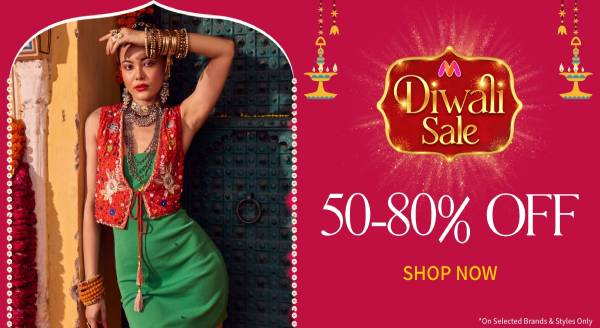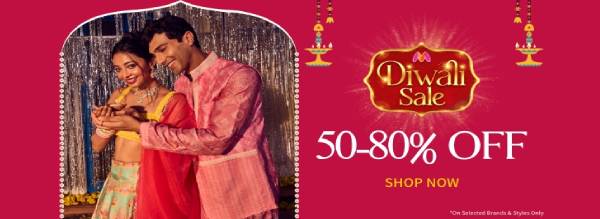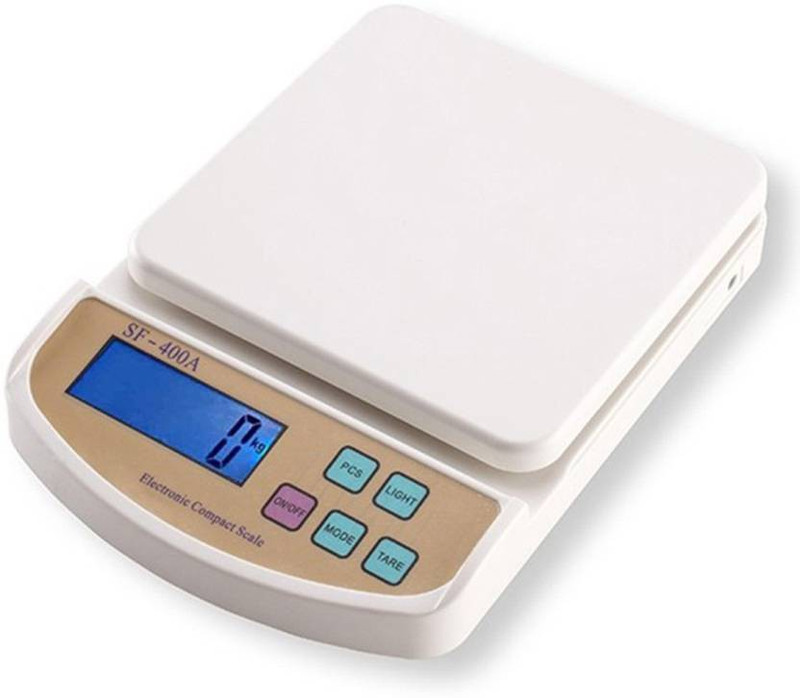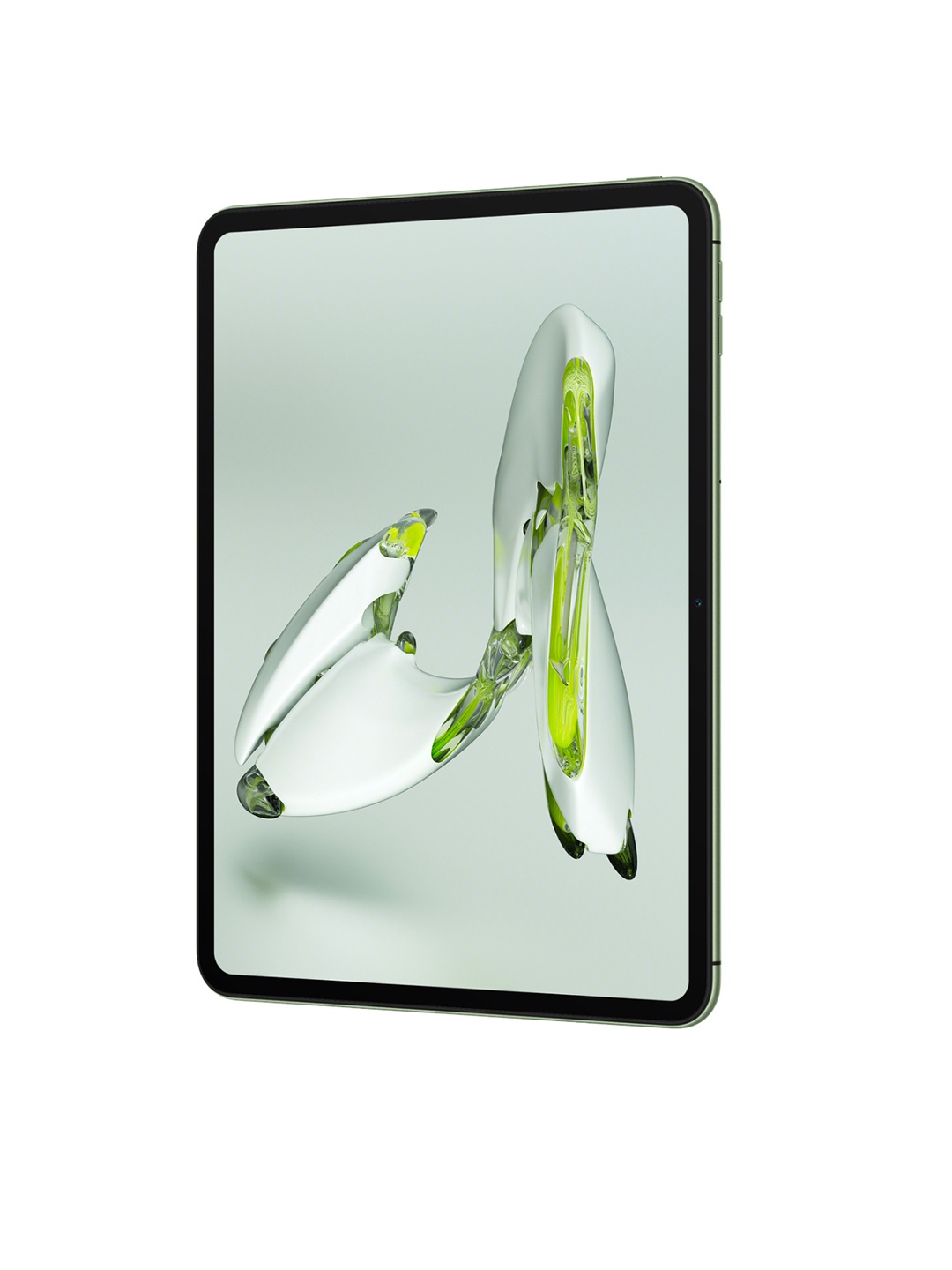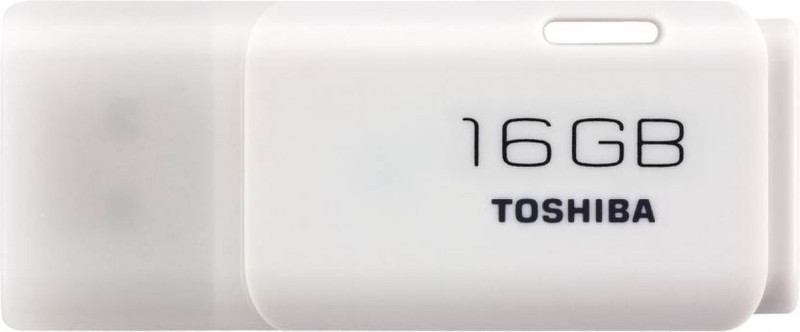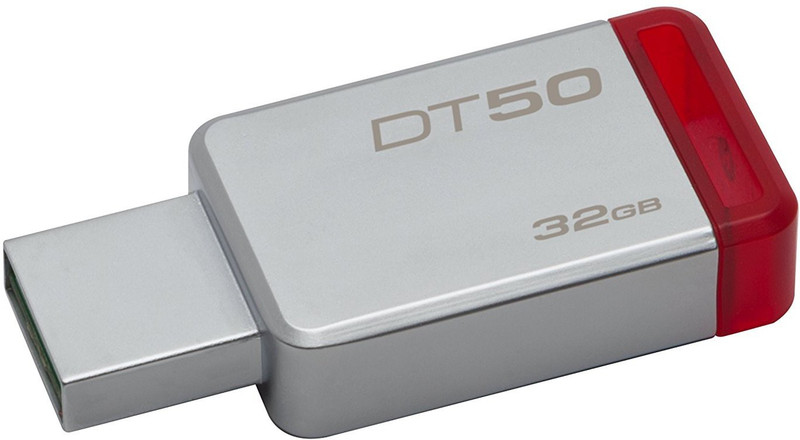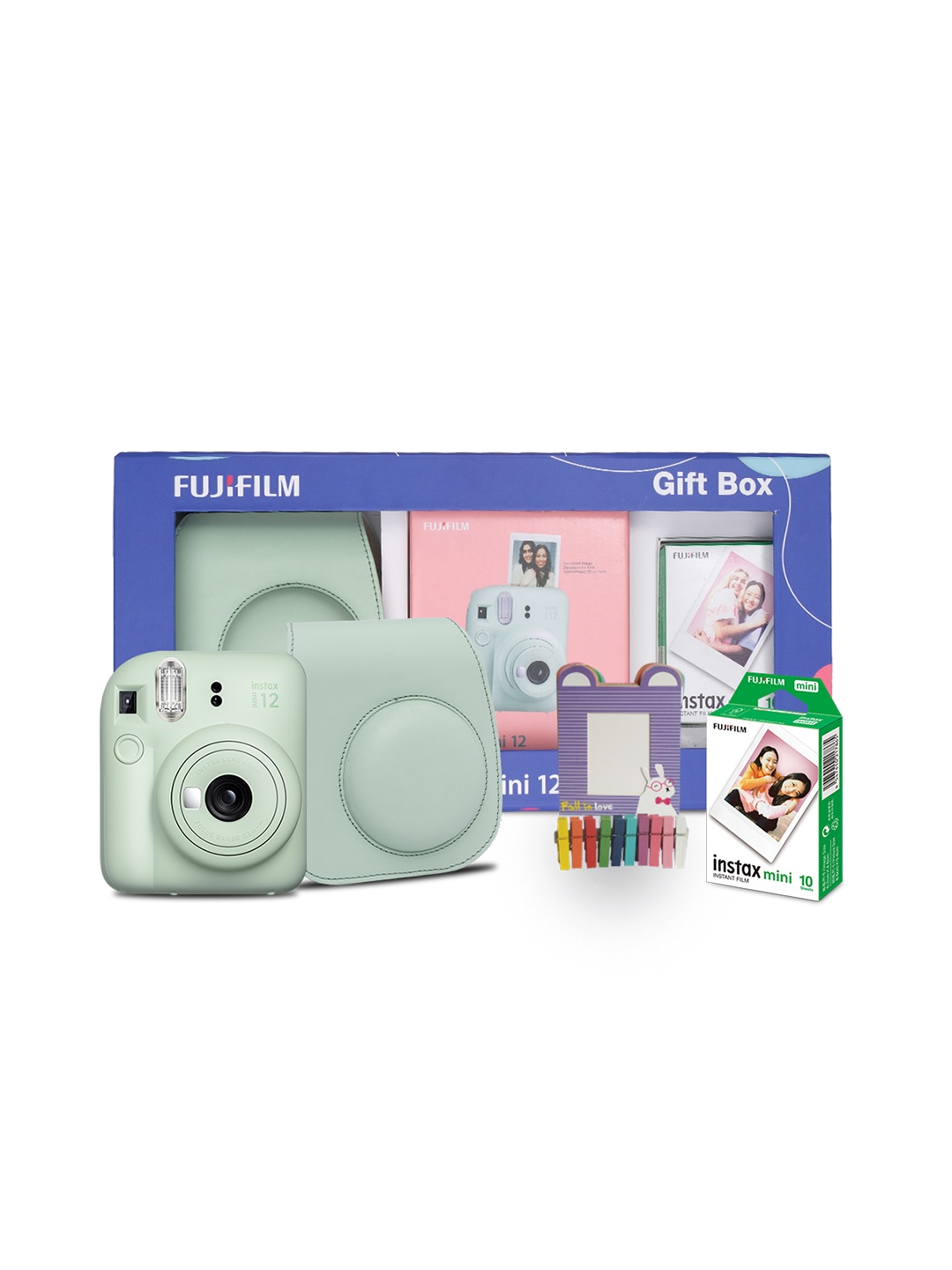Top 10 Ethnic Outfit Mistakes That Are Ruining Your Look And How To Fix Them

Ethnic wear is an art form. It celebrates culture, tradition and heritage, and when done right, it can make you feel like royalty. However, like all things in fashion, it requires a certain level of finesse. Too often, we see people walking around in outfits that, while beautiful in theory, miss the mark in execution. It could be something as simple as the wrong fit or as confusing as misinterpreting a cultural symbol. But fret not! With a few tweaks here and there, you can ensure that your ethnic wear becomes a masterpiece that reflects not only tradition but also your personal flair.
We'll be taking a light-hearted, yet practical approach to some common ethnic outfit mistakes that might be holding back your fashion game. From choosing the wrong accessories to the struggle of getting the fit just right, we'll guide you through how to fix these fashion faux pas. Ready to elevate your ethnic look? Let's get started.
1. Choosing The Wrong Fit: The Ill-Fitting Curse
There's nothing worse than seeing someone struggle to carry an outfit because it just doesn't fit properly. Whether it's a sari that drags on the floor or a kurta that's too tight in the chest, ill-fitting ethnic wear can seriously ruin your look. In fact, no matter how beautiful the fabric or embroidery, if the fit isn't right, it'll throw off the entire vibe.
- How to Fix It:
The key to a perfect fit is comfort. Avoid outfits that are too tight or too loose. If you're buying from a store, take time to try it on and walk around. You should be able to move comfortably. When it comes to traditional wear, remember that a well-tailored outfit will make all the difference. Don't hesitate to invest in a good tailor who can adjust the outfit to your body shape, ensuring that it complements your figure and makes you feel confident.
- Pro Tip:
Always aim for outfits that flatter your body shape without suffocating it. A slight alteration can transform a so-so outfit into one that fits like a glove.
2. Mixing Too Many Patterns And Prints
Ethnic outfits are often known for their bold prints, be it florals, paisleys, or traditional motifs. But there's a fine line between making a statement and making a spectacle. Overloading an outfit with clashing prints or patterns can make it look chaotic rather than chic.
- How to Fix It:
The trick is to balance bold prints with solid colours or subtle textures. If your lehenga has intricate embroidery or a vibrant design, opt for a simpler blouse or dupatta. Similarly, if your saree has heavy patterns, keep your jewellery and accessories minimal to avoid overwhelming the look. Less is more, but more in the right places.
- Pro Tip:
If you love prints, consider using them as accents, like a patterned dupatta or a printed border, and balance them with neutral colours to create harmony.
3. Overdoing The Jewellery
Ethnic jewellery is a showstopper on its own, but it's easy to go overboard. Dazzling in a set of heavy earrings, necklaces, bangles and maang tikka might sound like the perfect accessory combo, but sometimes it can feel a bit much. Think of jewellery as the finishing touch, not the whole outfit.
- How to Fix It:
Consider your outfit's vibe before piling on accessories. If you're wearing a heavy saree with intricate work, go for understated jewellery like a delicate pair of earrings or a thin bracelet. Conversely, if your outfit is simpler, then you can afford to make a statement with your jewellery.
- Pro Tip:
If you're wearing a traditional necklace, skip the heavy earrings and vice versa. Your jewellery should complement your outfit, not compete with it!
4. Choosing The Wrong Footwear
Shoes can be the unsung heroes or villains of any outfit, and ethnic wear is no different. The wrong shoes can instantly take away from the grace of your look. High heels can look beautiful, but if they don't match the vibe of your traditional outfit or make it hard for you to walk comfortably, they can become a fashion disaster.
- How to Fix It:
When choosing footwear for ethnic wear, think comfort first. Traditional flats, mojris or juttis can bring elegance while still offering comfort. If heels are necessary, go for block heels or wedges that provide more stability. Always make sure your footwear matches the formality of your outfit, chappals with a formal gown? Probably not the best idea.
- Pro Tip:
Don't forget to match the colour and embellishment of your shoes with the tones in your outfit for a harmonious look.
5. Misunderstanding Cultural Significance
Ethnic outfits often carry deep cultural significance, and sometimes, what you wear can unintentionally offend. From wearing religious symbols inappropriately to misusing traditional patterns, it's important to understand the symbolism behind what you're donning.
- How to Fix It:
Do some research into the cultural context of the clothing you're wearing. For instance, certain prints, colours, or jewellery items may hold particular meanings in different cultures. If in doubt, ask a trusted friend or family member who can guide you through the do's and don'ts. Remember, your outfit should celebrate the culture, not distort it.
- Pro Tip:
A quick chat with a knowledgeable friend can save you from a fashion mishap, especially when incorporating symbols or designs with significant meaning.
6. Ignoring The Occasion
Wearing ethnic wear for a wedding is very different from wearing it to a casual family gathering. Not every outfit suits every occasion, and dressing too formally for a casual event (or too casually for a formal one) is a mistake many of us make.
- How to Fix It:
Always consider the event before choosing your attire. For a wedding or grand festival, a heavily embellished saree or lehenga is perfect. But for a relaxed family dinner or a temple visit, something lighter like a simple kurta or salwar kameez might be more appropriate. Tailor your look to fit the occasion, and don't overdo it.
- Pro Tip:
Less can sometimes be more when it comes to the setting. Keep the grandeur for the grand occasions!
7. Choosing The Wrong Colours
Colour is key when it comes to ethnic outfits. While bold, vibrant hues are often the go-to, pairing the wrong colour with your skin tone or mixing too many colours can lead to a disjointed look.
- How to Fix It:
First, understand what colours complement your complexion. If you're fair, jewel tones like emerald and ruby can work wonders, while deeper skin tones often shine in earthier tones like browns, yellows, and oranges. If you're unsure, stick with classic shades like navy, gold, or burgundy, these are universally flattering and add sophistication.
- Pro Tip:
Neutral tones with a pop of accent colours (like a bright dupatta or bold accessories) can create a balanced look.
8. Failing To Pay Attention To Fabric Choices
Not all fabrics are created equal. Just because something looks great on a mannequin doesn't mean it will work for you. Heavy fabrics like silk can feel luxurious but may not be ideal for a hot day, while lighter materials may not hold up well for an evening event.
- How to Fix It:
Pay attention to the season and the type of fabric. Cotton, linen and georgette work beautifully for daytime or summer events, while silk, velvet and brocade are best suited for cooler months or more formal gatherings. Remember, comfort is key, if you're uncomfortable in your fabric, it'll show.
- Pro Tip:
The fabric should make you feel at ease. It should allow you to enjoy the occasion without worrying about the weight or feel of your outfit.
Explore Products Related To This Article
1. KALINI Ethnic Motifs Embroidered Thread Work Detail Straight Kurta And Trousers With Dupatta
2. Anouk Embroidered Mojaris
3. Sangria Women Pink And White Kashmiri Embroidery Shawl
4. Global Republic Women Floral Embroidered Crop Tailored Jacket
5. LeeliPeeri Designer Embroidered Unstitched Dress Material
6. Anekaant Pink And Gold-Toned Embellished Tasselled Potli Clutch
7. SALWAR STUDIO Women Pink And White Printed Pure Cotton Unstitched Dress Material
8. Kinjo Embroidered Thread Work Ready To Wear Lehenga And Blouse With Dupatta
When it comes to ethnic wear, the magic lies in finding balance. From the fit to the accessories and the occasion, every little detail contributes to the final look. But it's not about being perfect; it's about wearing what feels right for you while staying true to the traditions you're celebrating. With these tips, you'll avoid common pitfalls and embrace your ethnic wear with confidence and style. So, the next time you reach for your favourite traditional outfit, remember: it's all about celebrating your culture, your personal style, and of course, feeling fabulous while doing so. Shop Now On Myntra
Disclaimer: The images used in this article are for illustration purposes only. They may not be an exact representation of the products, categories, and brands listed in this article.











